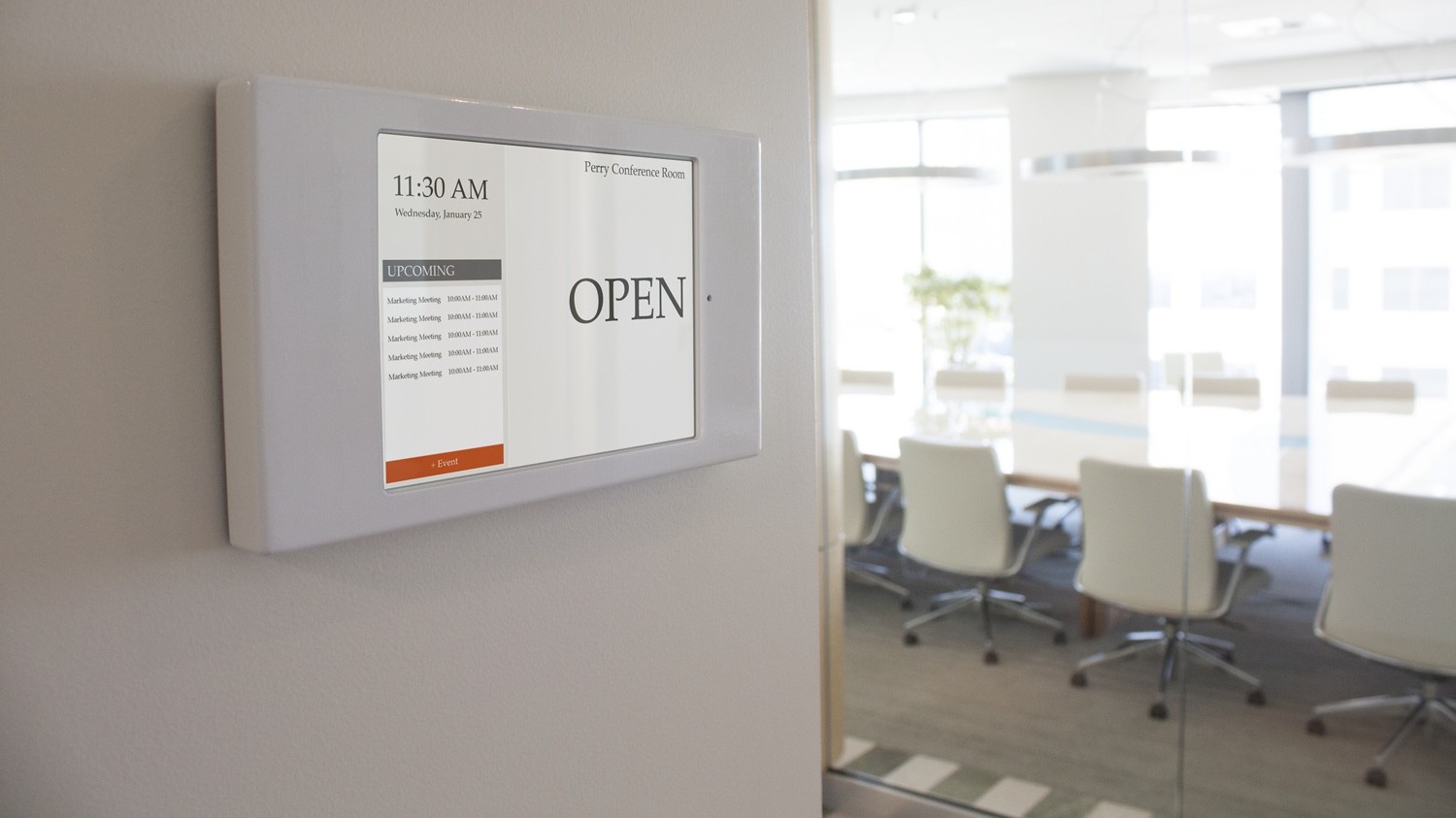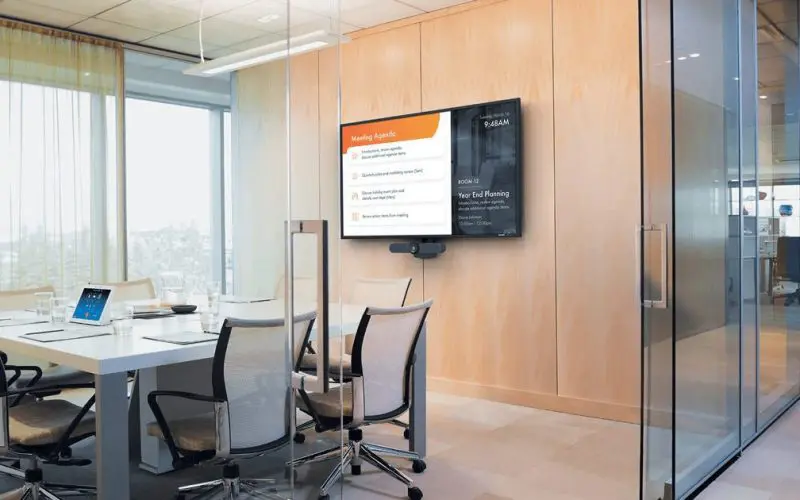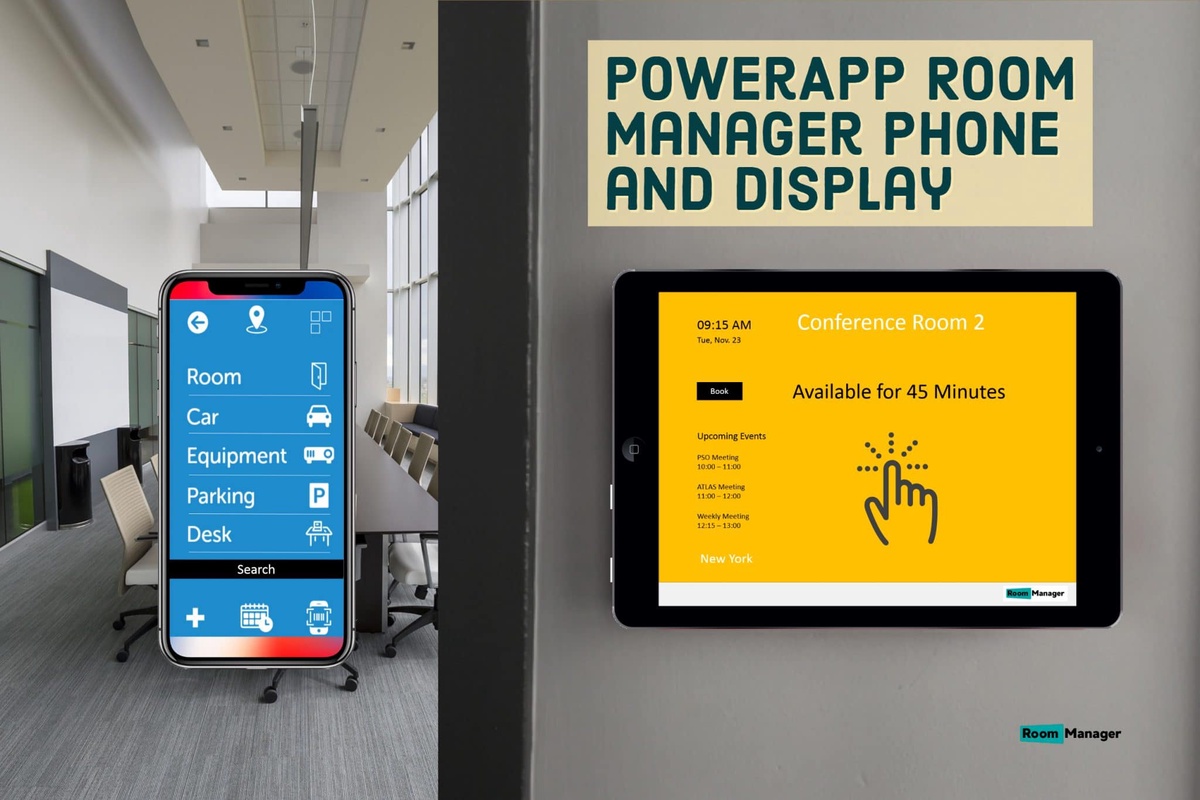
Conference Room Schedule Display
Conference Room Schedule Display In today's fast-paced corporate environment, efficient time management, and effective collaboration are key factors in achieving success. A crucial element in optimizing these aspects is the efficient scheduling and management of conference rooms. To streamline this process and improve overall productivity, organizations are increasingly turning to conference room schedule displays.
What Is Conference Room Schedule Display:
Conference Room Schedule Display These digital displays, strategically placed outside meeting rooms, provide real-time information about room availability, schedules, and booking status. In this article, we will explore the benefits and features of conference room schedule displays, and how they can revolutionize the way businesses handle their meeting spaces.
Enhancing Meeting Room Utilization:
One of the primary advantages of conference room schedule displays is their ability to optimize meeting room utilization. Traditionally, employees waste valuable time searching for available meeting spaces, only to find them occupied or scheduled at inconvenient times. With schedule displays, employees can easily view the real-time availability of meeting rooms, reducing time wasted on unproductive searches. By efficiently allocating and managing meeting spaces, organizations can make better use of their resources, leading to increased productivity and smoother operations.
Seamless Booking and Reservations:
Conference room schedule displays offer a user-friendly interface that allows employees to book rooms seamlessly. By integrating with existing room reservation systems, these displays provide a centralized platform for scheduling meetings. Employees can view room availability, select suitable time slots, and make reservations directly from the display or through their personal devices. This eliminates the need for manual booking processes, reduces the risk of double bookings, and ensures a streamlined experience for all users.
Real-Time Updates and Notifications:
Keeping everyone informed about schedule changes is essential for effective collaboration. Conference room schedule displays excel in this area by providing real-time updates and notifications. If a meeting is canceled or rescheduled, the display will reflect the changes instantly, ensuring that employees are aware of any modifications. Additionally, schedule displays can send automated notifications via email or mobile apps, ensuring participants receive timely updates on meeting room status and changes, thus avoiding confusion or conflicts.
Improved Meeting Room Management:
Conference room schedule displays empower organizations with comprehensive insights into meeting room usage patterns. By analyzing data collected from these displays, businesses can gain valuable information about peak usage times, frequently used rooms, and average meeting durations. This data-driven approach enables organizations to optimize their meeting room allocation strategies, identify underutilized spaces, and make informed decisions regarding workspace design and investment in additional resources.
Increased Productivity and Collaboration:
Efficiently managing conference room schedules directly impacts productivity and collaboration within an organization. With clear visibility into room availability, employees can quickly locate suitable spaces for impromptu meetings or ad-hoc collaborations. This accessibility fosters spontaneous interactions and encourages teamwork, ultimately boosting creativity and innovation. Additionally, by reducing time spent on manual scheduling and room searches, employees can focus more on their core tasks, leading to increased overall productivity.
Conclusion:
In today's dynamic business landscape, effective time management and seamless collaboration are essential for success. Conference room schedule displays offer a solution that streamlines the scheduling and management of meeting spaces, optimizing resource utilization and enhancing productivity. By providing real-time information, seamless booking processes, and data-driven insights, these displays enable organizations to make informed decisions, improve collaboration, and maximize their meeting room efficiency. As businesses strive for greater efficiency and effective collaboration, incorporating conference room schedule displays should be considered a valuable investment that yields long-term benefits.

Conference Room Schedule Display How its Works?
A conference room schedule display, also known as a room booking display or room signage, works by integrating with a centralized scheduling system and displaying real-time information about room availability and reservations. Here's a breakdown of how it works:
- Scheduling System Integration: The conference room schedule display is connected to a centralized scheduling system, such as room booking software or a calendar application. This integration allows the display to retrieve up-to-date information about room schedules and bookings.
- Display Placement: The schedule display is typically mounted outside each conference room, near the entrance, where it is easily visible to employees and visitors. It can be a standalone display or a touch-enabled screen that allows users to interact with it.
- Real-time Information: The display shows real-time information about the current status of the conference room, including whether it is available, booked, or occupied. It also displays the upcoming schedule, indicating the time slots when the room is reserved or free.
- Booking and Reservations: Users can interact with the display to book or reserve the conference room for a specific time slot. Depending on the system's capabilities, users may be able to select a room, choose a date and time, specify the meeting duration, and add meeting details. Some displays may also allow users to check the availability of other rooms or modify existing reservations.
- Instant Updates: Any changes made to the schedule or booking status are reflected in real-time on the display. If a meeting is canceled, rescheduled, or extended, the display updates accordingly to reflect the new information. This ensures that users are always aware of the most current room status and avoid conflicts or confusion.
- Notifications: Conference room schedule displays can be integrated with notification systems, such as email or mobile apps, to send automated notifications to meeting participants. These notifications can provide reminders, updates, or changes to meeting schedules, ensuring that attendees stay informed and aware of any modifications.
- Analytics and Insights: Conference room schedule displays often come with analytics capabilities. They collect data on room usage, meeting durations, and booking patterns. This data can be analyzed to identify peak usage times, popular rooms, or underutilized spaces. These insights help organizations optimize their room allocation strategies and make informed decisions regarding resource allocation.
Final Words:
In summary, conference room schedule displays simplify the process of managing conference room schedules by providing real-time information, allowing for seamless bookings, and facilitating efficient room utilization. By integrating with scheduling systems and providing instant updates, these displays enhance collaboration, reduce conflicts, and increase overall productivity in the workplace.


No comments yet